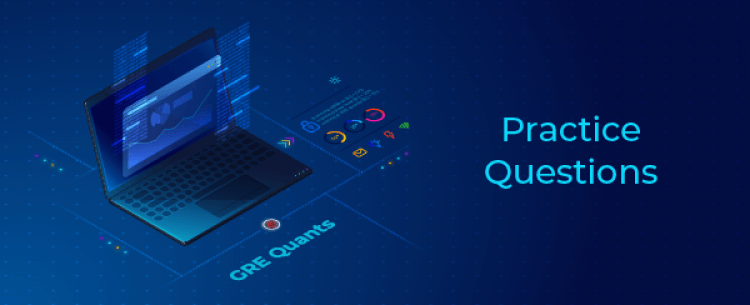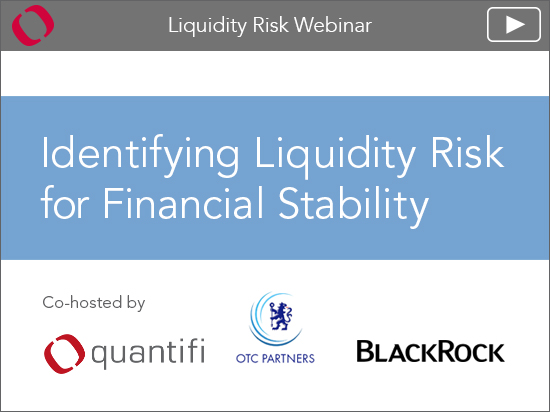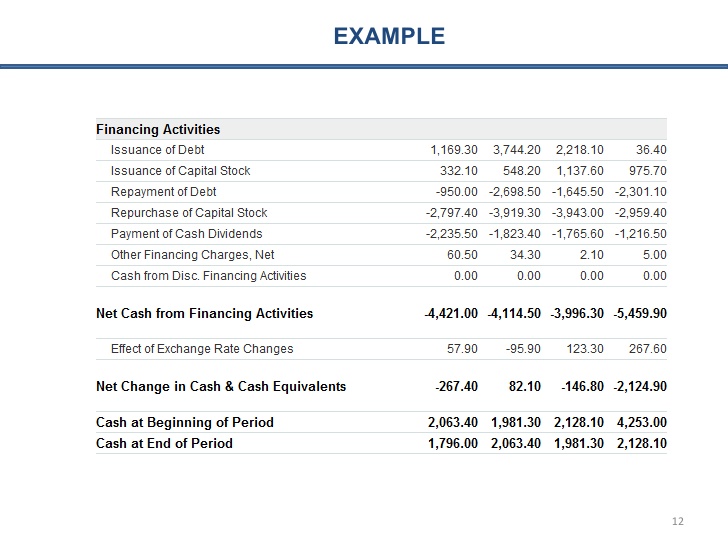Contents:


We define higher audit quality as greater assurance of high financial reporting quality. Researchers use many proxies for audit quality, with little guidance on choosing among them. We provide a framework for systematically evaluating their unique strengths and weaknesses.
Global Cloud Compliance Market Size Will Reach USD 129.03 … – GlobeNewswire
Global Cloud Compliance Market Size Will Reach USD 129.03 ….
Posted: Wed, 12 Apr 2023 13:45:52 GMT [source]
He then develops an appropriate audit plan to address the identified risks. For example, this might include additional testing of high-risk areas. In addition, it may include inventory or revenue recognition and ongoing communication and collaboration with company management to ensure the audit is conducted effectively and efficiently.
. (a) Discuss how the audit risk model is applied by the auditor….
Currently, the market environment is changing rapidly and auditors are faced with a more diverse and complex audit environment, which requires auditors to identify audit risks in advance and to prevent and respond to them. The traditional means of audit analysis are limited by the use of data mining analysis methods for deeper mining of audit clues. With the maturity and improvement of big data infrastructure and architecture, the software and hardware are now available to use data mining algorithms for auditing. In this context, this study constructs an audit model based on data mining algorithms.

Internal control as defined by the COSO framework consists of five components. W Problem 7 We have discussed three general types of audit tests and the auditor’s decision process when considering internal control. Explain the auditor’s decision process regarding internal control when the auditor decides to rely on the entity’s controls for assurance about management’s financial statement assertions. Discuss the relationship between substantive tests and tests of controls at differing levels of internal control effectiveness.
The components of audit risk model
Lu, “Study on the classification of pulse signal based on the BP neural network,” Journal of Biosciences and Medicines, vol. Wu, “Network analysis of audit partner rotation,” Contemporary Accounting Research, vol. Safdari, “The relation between corporate governance mechanisms, executive compensation and audit fees,” Management Research Review, vol. The key step is to select feature variables suitable for classification to avoid redundancy and complexity and improve classifier performance.
How CMS-HCC Version 28 will impact risk adjustment factor (RAF … – Wolters Kluwer
How CMS-HCC Version 28 will impact risk adjustment factor (RAF ….
Posted: Mon, 27 Feb 2023 08:00:00 GMT [source]
In this guide, we’ll break down the audit risk model formula, describe its elements, and give an example of how it works. A higher inherent risk indicates that the transaction class, balance, or an attached disclosure is at risk of being materially misstated. Lower inherent risk implies that the account is not likely to be materially misstated. Investopedia requires writers to use primary sources to support their work. These include white papers, government data, original reporting, and interviews with industry experts.
Interrelationships among Materiality, Audit Risk, and Audit Evidence
Our systems have detected unusual traffic activity from your network. Please complete this reCAPTCHA to demonstrate that it’s you making the requests and not a robot. If you are having trouble seeing or completing this challenge, this page may help. If you continue to experience issues, you can contact JSTOR support. The related literatures and reorganized results of the grounded theory are shown in Table 1.
- Messabia et al. researched ARM in Enterprise Resources Planning settings and found that there are no apparent differences between Canadian and Chinese auditors in the interpretation of similar data to build their risk assessments .
- A highly decentralized organizational structure generally allows various departments, divisions, subsidiaries, or geographical locations to develop, control, and supervise computerized processing in an autonomous fashion.
- Inherent risk is generally considered to be higher where a high degree of judgment and estimation is involved or where transactions of the entity are highly complex.
- If the opposite is true, then detection risk could be relatively low and so the auditor’s process will be less intensive.
- Therefore, judging the level of audit risk-based only on the results of a single model is one-sided and inadequate, and an integrated model is also needed to make judgments, fusing the outputs of the three single models into one result.
Detection risk is the chance that an auditor will fail to find material misstatements that exist in an entity’s financial statements. If inherent and control risks are considered high, an auditor can keep the overall audit risk at a reasonable level by lowering the detection risk. This can be achieved by targeted audit selections or increased sample sizes.
External considerations – a business doesn’t operate on its own. External factors like the overall industry, product life cycle, competitive landscape and the like play a role in an entity’s risk environment, which contributes to inherent risk. Control risk is a type of risk that falls more on the hands of the organisation than the auditor. It refers to the potential failure or lack of control that an organisation has over its operations. Since an auditor receives the information and documentation to audit from the company itself, there could be data issues. This would reduce the assurance required from substantive tests.
https://1investing.in/ors’ primary responsibility is to design procedures to provide reasonable assurance that material frauds that might misstate the financial statements are detected. In general, the lower the risk of material misstatement due to fraud, the less persuasive the audit evidence needs to be. A significant account or disclosure is an account of disclosure that has a reasonable possibility of containing a material misstatement regardless of the effect of internal controls. The auditors use the audit risk model to manage the overall risk of an audit engagement. Misapplication or omission of critical audit procedures may result in an undetected material misstatement by the auditor. A business can have some control over its risk environment, but there are many aspects that are beyond anyone’s control.
When evaluating the detection risk, the auditors should be more precise and careful. When the auditors are determining uncertain affairs such as risks, they tend to use meaning terms such as “low”, “medium” and “high”, instead of sequential numbers. However, for the determination of detection risk, it was difficult to reflect the influences of audit risk, inherent risk, and control risk on detection risk only by using the meaning terms of low, medium and high. Therefore, the final determination of the audit result was according to the ultimate judgment of the auditors (Mock, Wright, & Srivastava, 1998). Professional standards and prior theoretical research indicate that assessed audit risk components should be conditionally dependent. In an experiment, experienced auditors made the risk assessments that are, in practice, inputs for using the audit risk model for planning the extent of detailed testing.
- Comparing reported financial results with internal budgets and forecasts can also be useful.
- For audit risk identification, the BP neural network algorithm can be adapted to different sample data structures.
- If inherent and control risks are considered high, an auditor can keep the overall audit risk at a reasonable level by lowering the detection risk.
- However, even when not solved mathematically, familiarity with the model makes the following relationship clear to hold audit risk to a specified level.
Inherent risk and control risk make up the risk of material misstatement formula. This formula shows that the overall level of audit risk is a product of the individual risk components. Therefore, the auditor must assess each component and determine an appropriate level of audit procedures to reduce the risk to an acceptable level.
Audit risks help driving the audit in the right direction and help in setting the risk appetite of the audit procedure. Audit risk also helps auditors in laying down the audit strategy for a particular organization. The key for using RMM to drive detection risk is to remember that the nature, timing, and extent of further audit procedures planned needs to be responsive to the RMM identified. Based on these assessments, the auditor concludes that the overall audit risk is high.
All businesses hope to receive an unqualified opinion, which happens when an auditor determines that financial records are clean and free of any misrepresentations. With automation software, businesses can reduce their inherent risk and control risk, making the audit risk model easier to manage when it comes time for an auditor to perform their job. The audit risk model can be used for “preliminary audit planning“ to identify and assess the risks of material misstatement for each class of transactions and account balance to determine the appropriate audit strategy. Inherent risk includes errors or omissions in a financial statement due to factors other than a failure of control. One way you can decrease inherent risk is to improve the competency of your accounting personnel. A well-trained and competent bookkeeper with an understanding of accounting rules surrounding transactions reduces the time the auditor must spend identifying and analyzing unusual transactions.
From the start, an auditor will look to assess an organisation’s control risk and inherent risk to get a sense of the risks of material misstatements . To do this, an auditor will look at the client’s business, operations and financial activities. They’ll consider external factors, financial performance and the organisation’s internal strategies.
Control risk, on the other hand, refers to the misstatement of financial statements due to sloppy accounting practices. Inherent risk is often present when a company releases forward-looking financial statements, either to internal investors or the public as a whole. Forward-looking financials by nature rely on management’s estimates and value judgments, which pose an inherent risk. Fraud risk is a special case of risk of material misstatement related to those situations where management intended to mislead the marketplace by issuing fraudulent financial statements.

Charles is the How to Calculate Marginal Cost control partner for McNair, McLemore, Middlebrooks & Co. where he provides daily audit and accounting assistance to over 65 CPAs. In addition, he consults with other CPA firms, assisting them with auditing and accounting issues. Detection risk , the probability that the auditing procedures may fail to detect existence of a material error or fraud. Detection risk may be due to sampling error or non-sampling error.
Figure 1 shows the structure of a classical neural network, including an input layer, an implicit layer, and an output layer. The original learning information is input from the input layer, propagated through the implicit layer, and finally outputted by the output layer. Through this method, the BP neural network can infer the error estimate of each layer, so that the final output value can meet the error requirement, thus realizing model optimization learning. Generally, that same level applies to each account balance and all related assertions. Audit risk may be considered as the product of the various risks encountered in the performance of the audit. Describe what accounts are considered liability and asset accounts.
Comparing reported financial results with internal budgets and forecasts can also be useful. It is important that this decision be made before making the comparison to prevent auditors from rationalizing differences and failing to follow up. A highly decentralized organizational structure generally allows various departments, divisions, subsidiaries, or geographical locations to develop, control, and supervise computerized processing in an autonomous fashion. The computer hardware and the computer systems are usually not uniform throughout the company. Auditors might need to visit many locations to obtain the necessary audit information.
Audit Risk is the risk that the auditor expresses an inappropriate audit opinion when the financial statements are materially misstated. Control activities include approval, authorization, reconciliation, performance review, separation of duties, double signature method, access to assets, etc. Internal controls such as control of data dealing, actual control of accounting records and assets and authorization of transaction are classified as control activities . If internal controls are weak or absent , the misstatement survives.





Comments are closed.